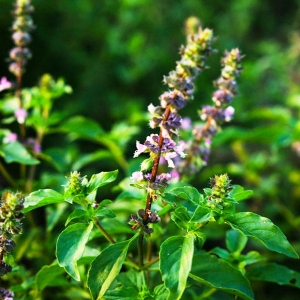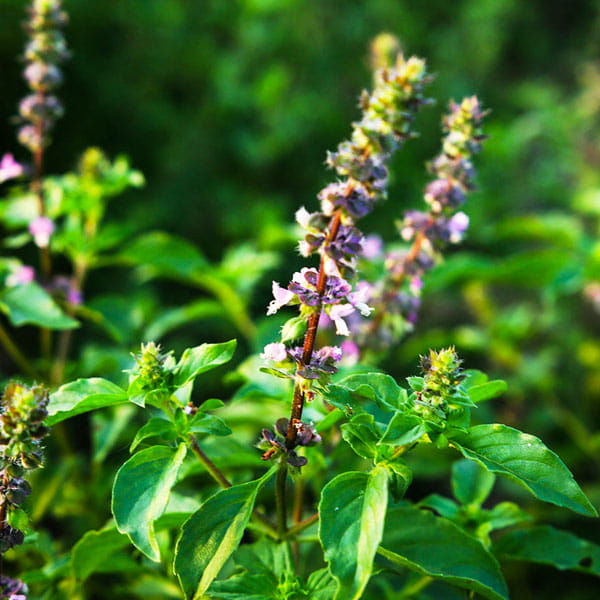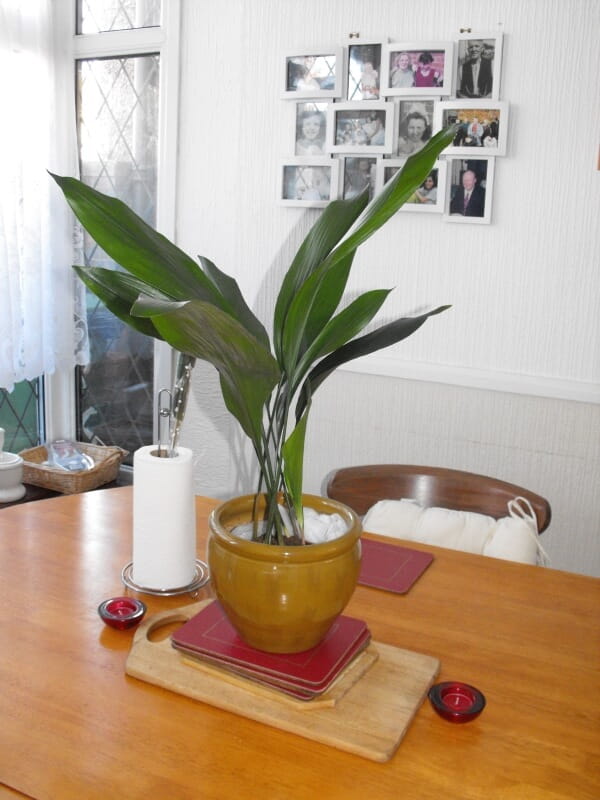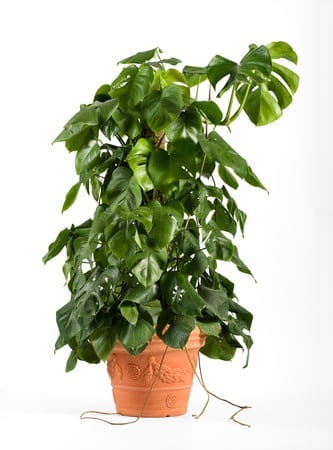It’s been grown in India from as far back as 5,000 years. No wonder then, that Indians harbour a deep cultural and religious attachment with the plant from time immemorial. In fact in the Ayurvedic approach to medicine, it has been revered for it’s medicinal properties in curing several diseases ; dried leaves have also been used as mosquito repellents for centuries.
There is mounting evidence that tulsi can address physical, chemical, metabolic and psychological stress through a unique combination of pharmacological actions. Tulsi has been found to protect organs and tissues against chemical stress from industrial pollutants and heavy metals, and physical stress from prolonged physical exertion, ischemia, physical restraint and exposure to cold and excessive noise. Tulsi has also been shown to counter metabolic stress through normalization of blood glucose, blood pressure and lipid levels, and psychological stress through positive effects on memory and cognitive function and through its anxiolytic and anti-depressant properties.
On the other hand , Italian & southeast Asian cuisines extensively utilise basil as a culinary herb to add flavour to dishes!
Different Varieties:Dark Opal Basil, Thai Basil, Cinnamon Basil, Rama Tulsi, Krishna Tulsi, Vana Tulsi
Care Instructions For Growing Tulsi Plant Indoors
Pinch the tops of the plant and nip the flower buds to help the plant to grow bushier. Also ensure to keep an eye out to pluck wilted or old leaves.
Light:Since the plant thrives in sunlight, you could place it under the sun for at least 4 hours each day.
Soil:The plant needs to be grown in fertile soil with a ph level of around 6-7.5.
Water:You would need to water the plant when the top soil feels dry; avoid watering during monsoons and sparingly in winters.
We’ll be sharing more about this plant in future.






